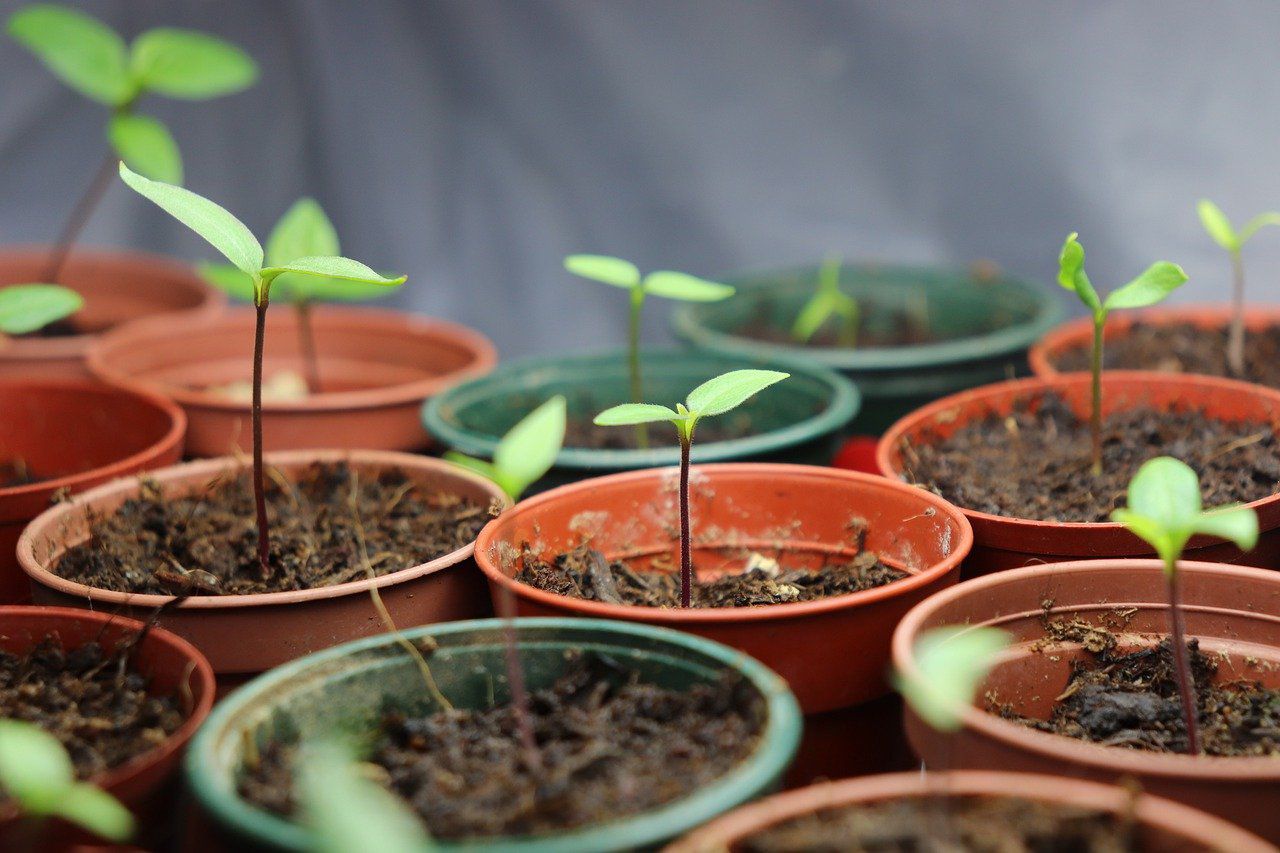When creating a beautiful garden, you can use vegetative propagation to multiply your plants!
It's one of the greatest things about gardening - you can buy only a few plants and create new ones easily.
Here's how you can use it to achieve amazing results.
Choose a Healthy Parent Plant
Start with a strong and healthy plant you want to replicate. It should be free from diseases or pests.
Select the Right Part
Decide which part of the plant you'll use for propagation. Common parts include stems, leaves, roots, or even buds.

Prepare the Cutting
Carefully cut a piece of the plant you selected.
It should be a part with a node, which is like a little bump on the stem or leaf where new growth can come from.
Rooting
To grow a new plant, you need to make the cutting develop roots.
This can be done by placing the cutting in water or in a special rooting mix. It'll start growing roots over time.
Planting
Once the cutting has grown roots, it's ready to be planted in soil. Make a hole in the soil, place the rooted cutting inside, and cover it with soil.
Care
Take good care of your new plant, giving it proper sunlight, water, and nutrients, just like you do with other plants in your garden.
Transplanting
After a while, when your new plant has grown stronger, you can transplant it to its permanent spot in your garden.
Conclusion
Vegetative propagation is handy because it allows you to create new plants that are genetically identical to the parent plant.
This is useful for preserving special plant characteristics or growing more of a favorite plant without relying on seeds.
It's a technique used by gardeners to expand their plant collection and maintain the qualities they like in certain plants.









